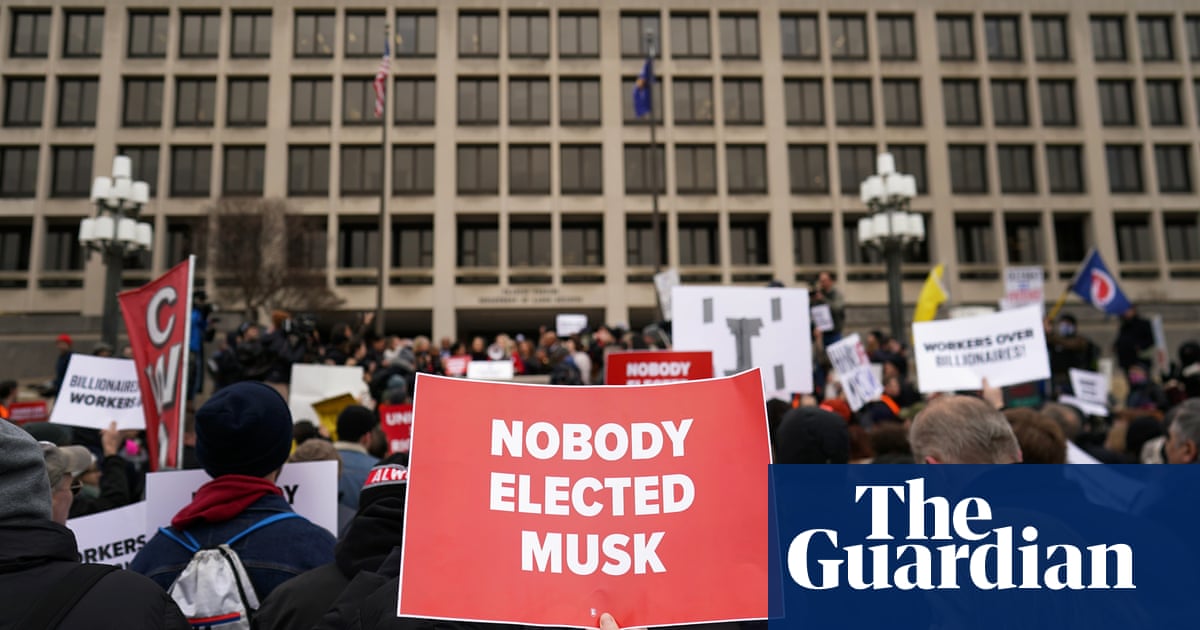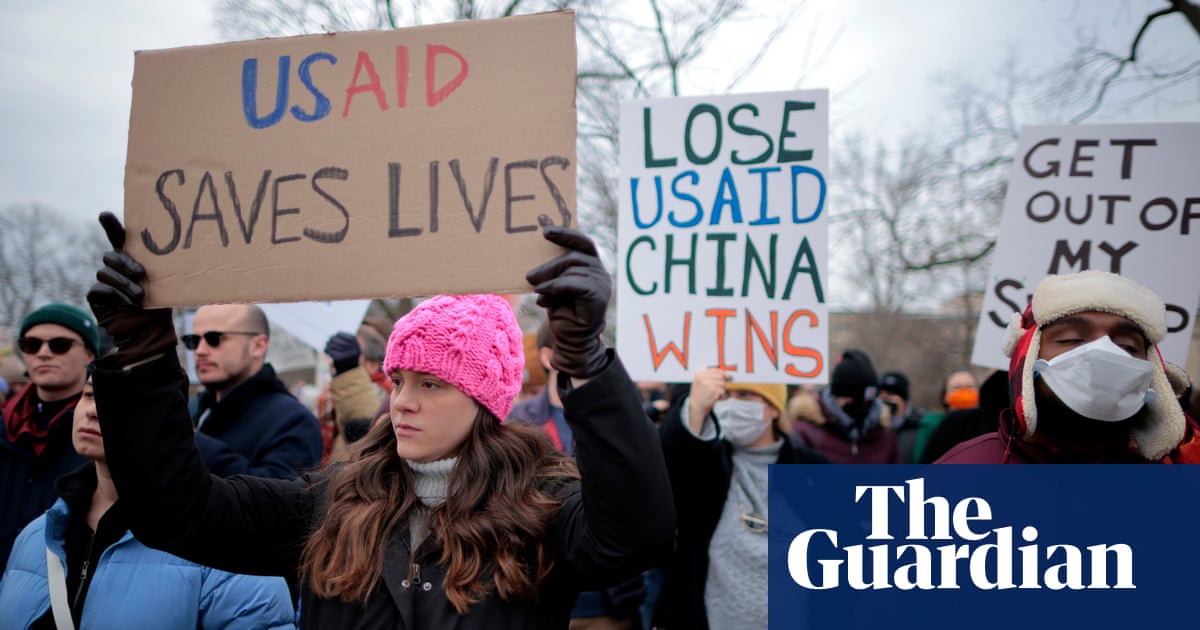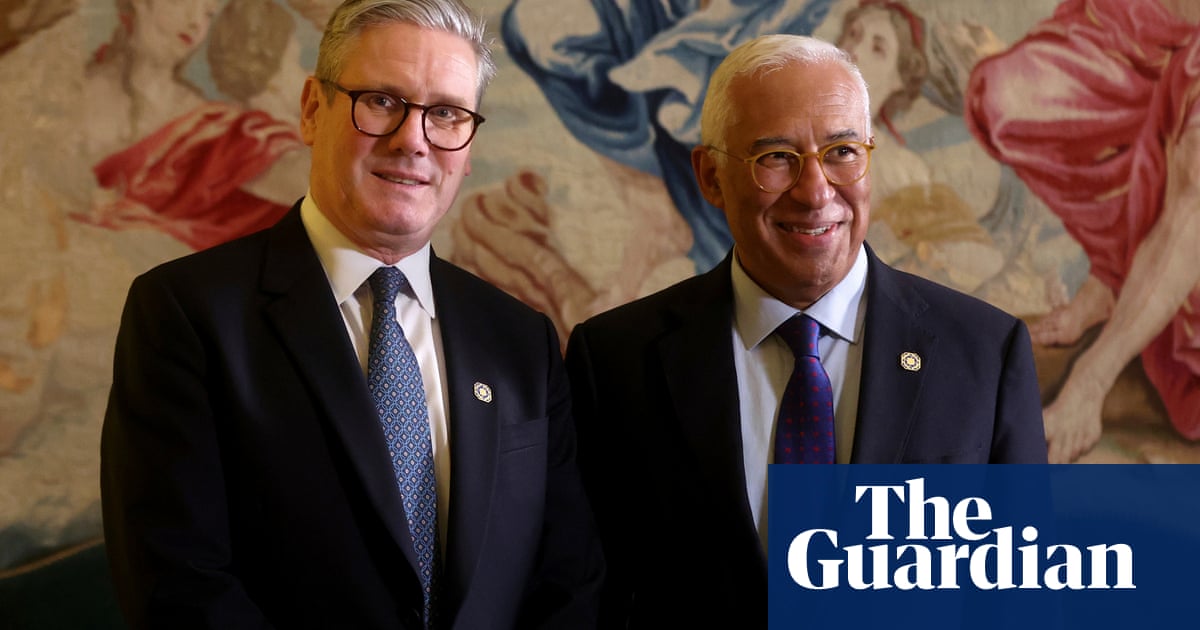As Japan’s prime minister prepares for his first meeting with President Trump, he is hoping to make a personal connection with the leader of the superpower on which his country depends both economically and militarily. But in the unpredictable Trump White House, even a simple meet-and-greet might be a risky gamble.
The summit between Mr. Trump and Japan’s prime minister, Shigeru Ishiba, which is scheduled for Friday, is the result of months of behind-the-scenes efforts by a wide range of Japanese: not just diplomats and lawmakers, but also one of the country’s richest investors and the widow of an assassinated former prime minister.
When he arrives at the White House, Mr. Ishiba will most likely seek reassurances that Mr. Trump won’t target Japan in a trade war or abandon America’s post-1945 security guarantees at a time when his nation faces a muscular China and a nuclear-armed North Korea.
In exchange, the Japanese prime minister is expected to come with concessions that could include promises to buy more American weapons or energy, invest in U.S.-based artificial intelligence and share more of the defense burden in the Asia-Pacific region.
“This summit will be the moment of truth,” said Narushige Michishita, a professor of security affairs at the National Graduate Institute for Policy Studies in Tokyo. “Does Mr. Trump view Japan as an indispensable partner in the Asia-Pacific, or are we just another counterpart across the bargaining table?”
So far, Japan’s name hasn’t come up when Mr. Trump has threatened to impose tariffs on many other major U.S. allies and trading partners. The two leaders seemed to get off to a good start when Mr. Ishiba called Mr. Trump in November to congratulate him on his election victory.
Article by:Source:












